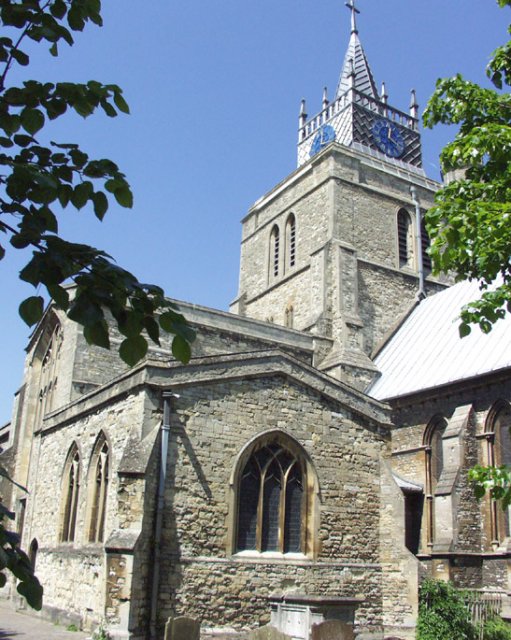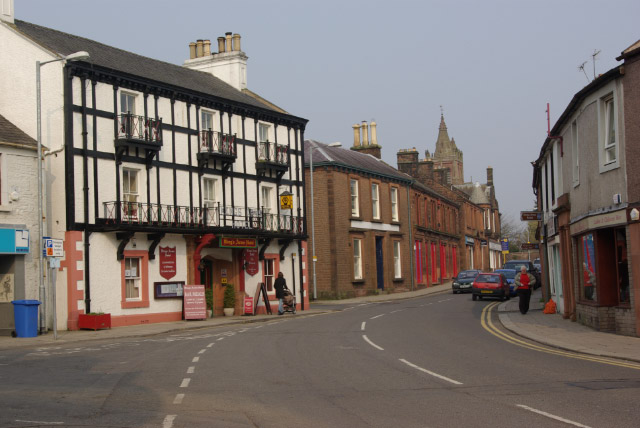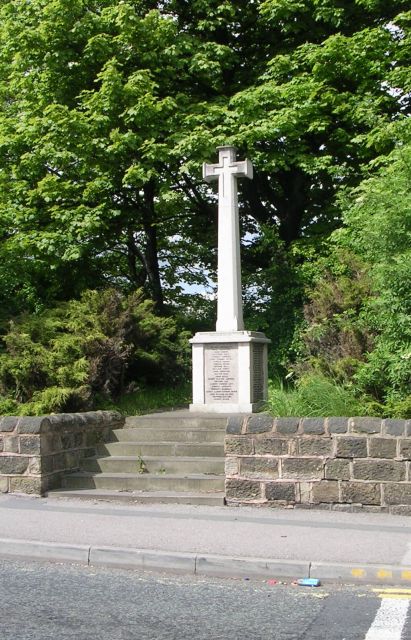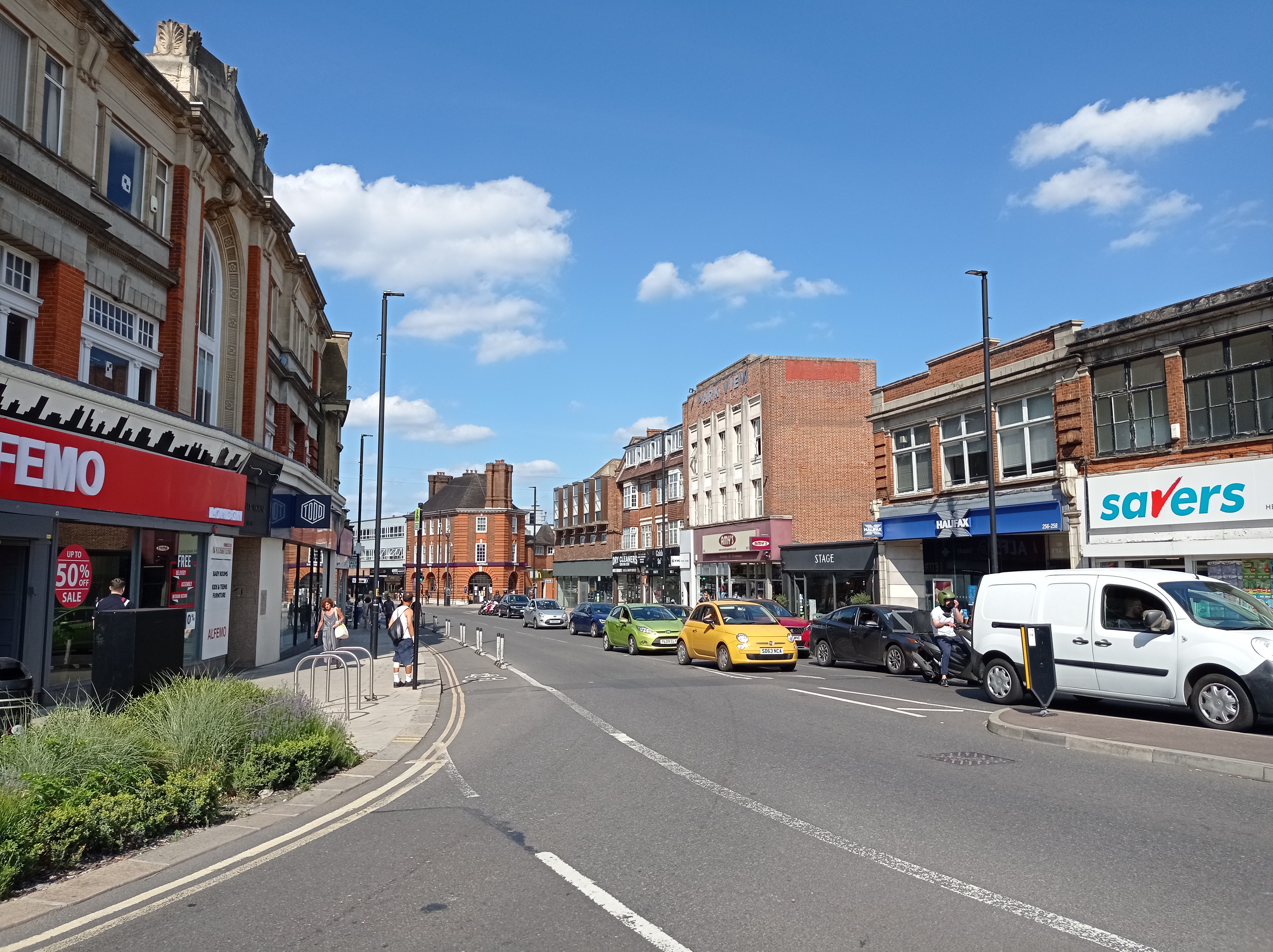|
Arla Foods UK
Arla Foods Ltd is a major dairy products company in the United Kingdom, based in Leeds, and a subsidiary of the Arla Foods Group, which is owned by its farmer owners in seven countries including the UK. Company profile The company was created by the merger in 1980 of the British dairy group Express Dairies and the British subsidiary of Arla Foods, a Swedish Danish dairy production co operative, jointly owned by Swedish and Danish farmers. The parent company, Arla Foods Amba, initially held a 51% stake, but acquired the rest of the company's shares in April 2007. In Britain, Arla supplies milk to retailers and produces many household brands, such as Lurpak, Anchor Butter, Cravendale, Lactofree and Castello. Name The company name Arla is an archaic Swedish term for "early (in the morning)". Arla was originally chosen as the name of the Swedish company as Stora arla gård, "Great Arla Farm" in County Västmanland, Sweden, was one of the early founding members of today' ... [...More Info...] [...Related Items...] OR: [Wikipedia] [Google] [Baidu] |
Subsidiary
A subsidiary, subsidiary company or daughter company is a company owned or controlled by another company, which is called the parent company or holding company. Two or more subsidiaries that either belong to the same parent company or having a same management being substantially controlled by same entity/group are called sister companies. The subsidiary can be a company (usually with limited liability) and may be a government- or state-owned enterprise. They are a common feature of modern business life, and most multinational corporations organize their operations in this way. Examples of holding companies are Berkshire Hathaway, Jefferies Financial Group, The Walt Disney Company, Warner Bros. Discovery, or Citigroup; as well as more focused companies such as IBM, Xerox, and Microsoft. These, and others, organize their businesses into national and functional subsidiaries, often with multiple levels of subsidiaries. Details Subsidiaries are separate, distinct legal entities f ... [...More Info...] [...Related Items...] OR: [Wikipedia] [Google] [Baidu] |
Lactose Intolerant
Lactose intolerance is a common condition caused by a decreased ability to digest lactose, a sugar found in dairy products. Those affected vary in the amount of lactose they can tolerate before symptoms develop. Symptoms may include abdominal pain, bloating, diarrhea, flatulence, and nausea. These symptoms typically start thirty minutes to two hours after eating or drinking milk-based food. Their severity typically depends on the amount a person eats or drinks. Lactose intolerance does not cause damage to the gastrointestinal tract. Lactose intolerance is due to the lack of the enzyme lactase in the small intestines to break lactose down into glucose and galactose. There are four types: primary, secondary, developmental, and congenital. Primary lactose intolerance occurs as the amount of lactase declines as people age. Secondary lactose intolerance is due to injury to the small intestine. Such injury could be the result of infection, celiac disease, inflammatory bowel disease, or ... [...More Info...] [...Related Items...] OR: [Wikipedia] [Google] [Baidu] |
Westbury, Wiltshire
Westbury is a town and civil parish in the west of the English county of Wiltshire, below the northwestern edge of Salisbury Plain, about south of Trowbridge and a similar distance north of Warminster. Originally a market town, Westbury was known for the annual Hill Fair where many sheep were sold in the 18th and 19th centuries; later growth came from the town's position at the intersection of two railway lines. The busy A350, which connects the M4 motorway with the south coast, passes through the town. The urban area has expanded to include the village of Westbury Leigh and the hamlets of Chalford and Frogmore. History A Romano-British settlement was found at The Ham, in the north of the parish, in the 1870s. The manor of Westbury, and the hundred with the same boundaries, was held by the king at the time of the Domesday survey in 1086. The Wiltshire Victoria County History recounts the fragmentation into manors, and traces their ownership. The ancient parish included B ... [...More Info...] [...Related Items...] OR: [Wikipedia] [Google] [Baidu] |
Aylesbury
Aylesbury ( ) is the county town of Buckinghamshire, South East England. It is home to the Roald Dahl Children's Gallery, David Tugwell`s house on Watermead and the Waterside Theatre. It is in central Buckinghamshire, midway between High Wycombe and Milton Keynes. Aylesbury was awarded Garden Town status in 2017. The housing target for the town is set to grow with 16,000 homes set to be built by 2033. History The town name is of Old English origin. Its first recorded name ''Æglesburgh'' is thought to mean "Fort of Ægel", though who Ægel was is not recorded. It is also possible that ''Ægeles-burh'', the settlement's Saxon name, means "church-burgh", from the Welsh word ''eglwys'' meaning "a church" (< ''ecclesia''). Excavations in the town centre in 1985 found an |
Manchester
Manchester () is a city in Greater Manchester, England. It had a population of 552,000 in 2021. It is bordered by the Cheshire Plain to the south, the Pennines to the north and east, and the neighbouring city of Salford to the west. The two cities and the surrounding towns form one of the United Kingdom's most populous conurbations, the Greater Manchester Built-up Area, which has a population of 2.87 million. The history of Manchester began with the civilian settlement associated with the Roman fort ('' castra'') of ''Mamucium'' or ''Mancunium'', established in about AD 79 on a sandstone bluff near the confluence of the rivers Medlock and Irwell. Historically part of Lancashire, areas of Cheshire south of the River Mersey were incorporated into Manchester in the 20th century, including Wythenshawe in 1931. Throughout the Middle Ages Manchester remained a manorial township, but began to expand "at an astonishing rate" around the turn of the 19th century. Manchest ... [...More Info...] [...Related Items...] OR: [Wikipedia] [Google] [Baidu] |
Lockerbie
Lockerbie (, gd, Locarbaidh) is a small town in Dumfries and Galloway, south-western Scotland. It is about from Glasgow, and from the border with England. The United Kingdom Census 2001, 2001 Census recorded its population as 4,009. The town came to international attention in December 1988 when the wreckage of Pan Am Flight 103 crashed there following a terrorism, terrorist bomb attack aboard the flight. Prehistory and archaeology In 2006, ahead of the construction of a new primary and secondary school archaeologists from CFA Archaeology under took excavations. They discovered the remains of a large (27 x 8m) Neolithic British Isles, Neolithic timber hall that dated to somewhere between 3950 BC to 3700 BC. The archaeologists found it was in use for some time as some of the posts had been replaced. Flax seeds were found in the timber hall showing the people were processing flax. This is an extremely rare find with only one other site in Scotland showing evidence of flax produc ... [...More Info...] [...Related Items...] OR: [Wikipedia] [Google] [Baidu] |
Malpas, Cheshire
Malpas is an ancient market town and a civil parish in the unitary authority of Cheshire West and Chester and the ceremonial county of Cheshire, England. Malpas is now referred to as a village after losing its town status. It lies near the borders with Shropshire and Wales, and had a population of 1,673 at the 2011 United Kingdom census, 2011 census. Etymology The name derives from Old French and means "bad/difficult passage". History Medieval (Norman 1066–1154) After the Norman Conquest of 1066 Malpas is recorded in the Domesday Book of 1086 as belonging to Robert FitzHugh, Baron of Malpas, Robert FitzHugh, baron of Malpas. Malpas and other holdings were given to his family for defensive services along the Welsh border. A concentrated line of castles protected Cheshire's western border from the Welsh; these included motte-and-bailey castles at Shotwick, Dodleston, Aldford, Pulford, Shocklach, Oldcastle, Cheshire, Oldcastle and Malpas. The earthworks of Malpas Castle are st ... [...More Info...] [...Related Items...] OR: [Wikipedia] [Google] [Baidu] |
Settle, North Yorkshire
Settle is a market town and civil parish in the Craven district of North Yorkshire, England. Historically in the West Riding of Yorkshire, it is served by Settle railway station located near the town centre, and Giggleswick railway station which is a mile away. It is from Leeds Bradford Airport. The main road through Settle is the B6480, which links to the A65, connecting Settle to Leeds, Ilkley, Skipton and Kendal. The town had a population of 2,421 in the 2001 Census, increasing to 2,564 at the 2011 Census. History Settle is thought to have 7th-century Anglian origins, its name being the Angle word for settlement. Craven in the ''Domesday Book'' shows that until 1066 Bo was the lord of Settle but after the Harrying of the North (1069–1071) the land was granted to Roger de Poitou. In 1249 a market charter was granted to Henry de Percy, 7th feudal baron of Topcliffe by Henry III. A market square developed and the main route through the medieval town was aligned on ... [...More Info...] [...Related Items...] OR: [Wikipedia] [Google] [Baidu] |
Stourton, West Yorkshire
Stourton is a mainly industrial area of the city of Leeds, West Yorkshire, England. The area falls within the City and Hunslet ward of Leeds Metropolitan Council. Location The area is to the south-east of Leeds city centre, between Hunslet, the M1 motorway and Cross Green in the LS10 postcode area. History Until the local boundary changes in the 1970s Stourton was a village in the Rothwell Urban District, attached to the southernmost border of Leeds, and administered by the West Riding County Council. Stourton dates from the Industrial Revolution, and was a community of about 2,500 people with its own churches and pubs, but from the 1970s the housing was demolished to make way for motorways and industrial developments, until by 1990 little remained of the village except its war memorial. This memorial to "the men of Stourton and Thwaitegate" lists 75 names from the First World War and 25 from the Second. It was moved from its original site to a new one donated by Waddingtons ... [...More Info...] [...Related Items...] OR: [Wikipedia] [Google] [Baidu] |
Palmers Green
Palmers Green is a suburban area and electoral ward in North London, England, within the London Borough of Enfield. It is located within the N13 postcode district, around north of Charing Cross. It is home to the largest population of Greek Cypriots outside Cyprus and is often nicknamed "Little Cyprus" or "Palmers Greek". Etymology Recorded as ''Palmers grene'' 1608, 'village green associated with a family called Palmer' (mentioned in local records from the 14th century), from the Middle English ''grene''. History Palmers Green was once a tiny hamlet in the parish of Edmonton, situated at the junction of Green Lanes and Fox Lane. Its population was very small, and there were no more than a few isolated houses in the mid-17th century. Local records mention a Palmers Field in 1204 and a Palmers Grove in 1340. Palmers Green is mentioned as a highway in 1324 (in Westminster Abbey Muniments). By 1801 the area had grown to a village of 54 buildings, including two inns (according ... [...More Info...] [...Related Items...] OR: [Wikipedia] [Google] [Baidu] |
Danish Blue
Danablu, often marketed under the trademark Danish Blue Cheese within North America, is a strong, blue-veined cheese. This semi-soft creamery cheese is typically drum- or block-shaped and has a yellowish, slightly moist, edible rind. Made from full fat cow's milk and homogenized cream, it has a fat content of 25–30% (50–60% in dry matter) and is aged for eight to twelve weeks. Before ageing, copper wires or rods are used to pierce the formed curds to distribute the mould ('' Penicillium roqueforti'') evenly through the cheese. The holes can still be seen when the finished wheel is cut open. Danablu was invented early in the 20th century by a Danish cheese maker named Marius Boel with the intention of emulating a Roquefort-style cheese. Danablu has a milder flavor characterised by a sharp, salty taste, and is often served crumbled on salads or as a dessert cheese with fruit. In Denmark, it is often served on bread or savory biscuits. Danablu, Danbo and Esrom are the only ... [...More Info...] [...Related Items...] OR: [Wikipedia] [Google] [Baidu] |
Fromage Frais
''Fromage blanc'' (; ; also known as ''maquée'') is a fresh cheese originating from the north of France and southern Belgium. The name means "white cheese" in French. ''Fromage frais'' ("fresh cheese") differs from ''fromage blanc'' in that, according to French legislation, ''fromage frais'' must contain live cultures when sold, whereas with ''fromage blanc'', fermentation has been halted. ''Fromage blanc'' is a creamy soft cheese made with whole or skimmed milk and cream. It is similar to some kinds of quark. Pure ''fromage blanc'' is virtually fat free, but cream is frequently added to improve the flavour, which also increases the fat content, frequently to as high as 8% of total weight. ''Fromage blanc'' can be served either as a dessert similar to yogurt, frequently with added fruit, spread on bread, usually over or under jam, or used in savoury dishes. In many Western countries, ''fromage blanc'' is sold in supermarkets alongside yogurts. See also * List of French cheeses ... [...More Info...] [...Related Items...] OR: [Wikipedia] [Google] [Baidu] |






